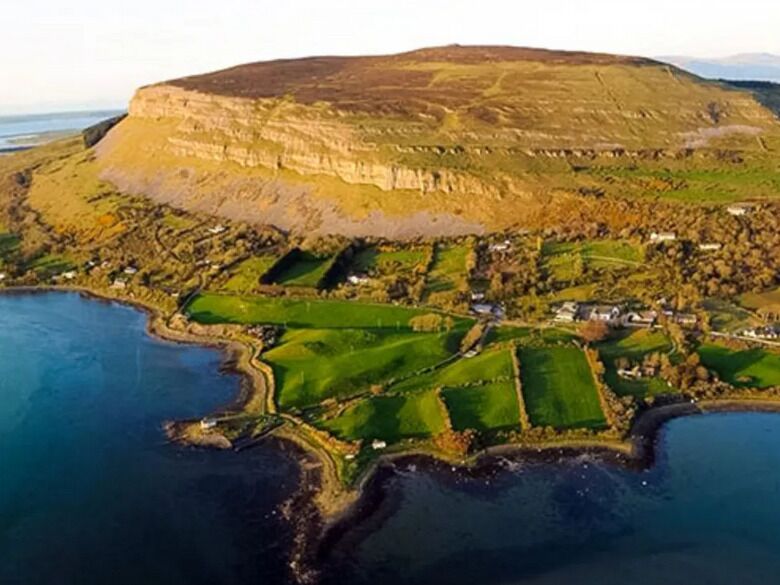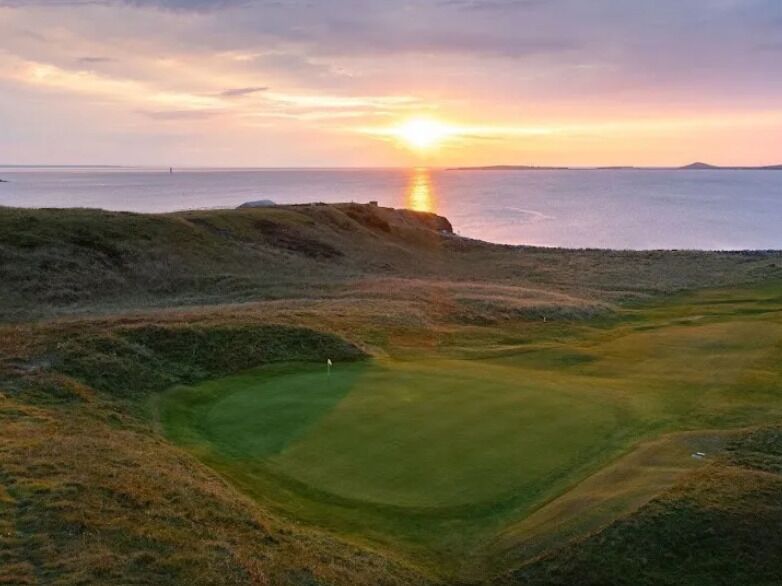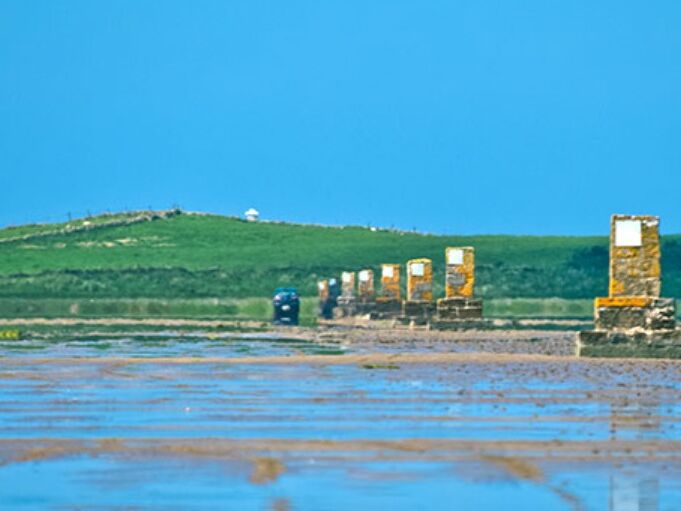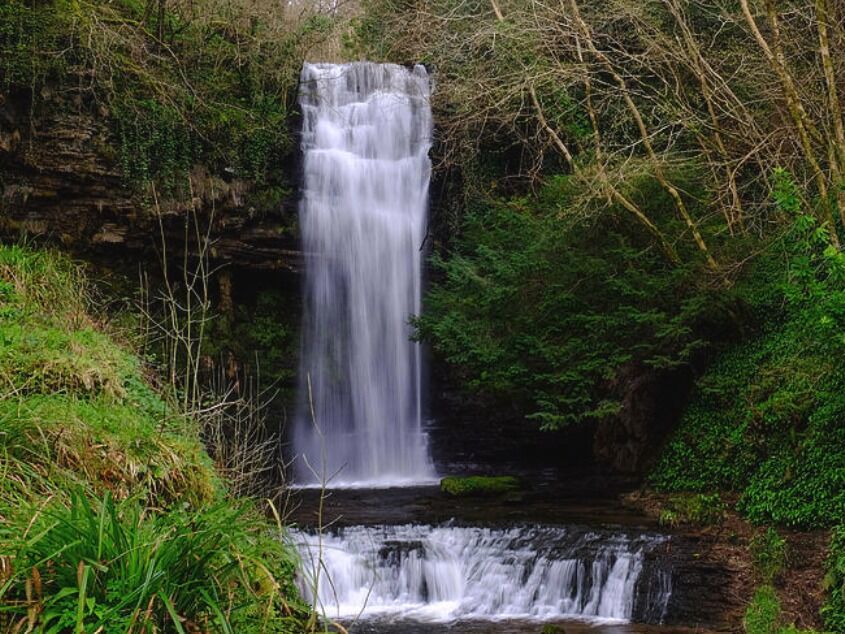

Gerald & Sean

Gerald & Sean
Hike Mount Knocknarea
There are some amazing hikes around the area of Sligo and Strandhill.
The gaelic form of Knocknarea is Cnoc na Ri meaning “Hill of Kings” in reference to the myth that on the mountain the ancient Kings of the province were once crowned. On reaching the top you will be greeted by a mound of stones or “Queen Maeve’s grave”. The Cairn is called “Miosgan Meabha”, Gaelic for “Maeve’s Cairn”. The tradition is that Maeve, the legendary queen of Connacht is buried underneath the massive heap of stones.
The cairn itself is 600 feet in circumference and 34 feet high. Experts have calculated that the stones in the cairn weigh in the region of forty thousand tonnes. “Such immense labour as went into the making of this monument would only have been undertaken to perpetuate the memory of some person or event of the most outstanding importance” wrote Richard Hayward.
The County Sligo Golf Club
The County Sligo Golf Club or Rosses Point as it is sometimes referred to, is considered to be one of the great championship links courses. It is positioned in the picturesque seaside village of Rosses Point just 8km from Sligo and known locally as “The Point”.
Coney Island Drive
Warning - This attraction is dependent on the tides. Only at low tide is the island accessible by vehicle and therefore the tidal schedules must be taken into account before visiting.
Coney Island is the largest and the most famous of the three islands off the northern coast of the Coolera peninsula.
The island lies in Sligo Bay between Rosses Point and Ben Bulben in the north, and Strandhill and Knocknarea to the south. The island which is 1½ miles long by ¾ mile across is accessible by boat from the pier at Rosses Point, but the most popular route is by way of Cummeen Strand when the tide is out. This strand is exposed at low tide and is marked by 14 stone pillars for a distance of 5km leading to the island.
Old stone walls, friendly locals and amazing empty beaches make this a must-see when in Strandhill. Laze on the beach, have a picnic or have a pint of Guinness in McGowans public house, the only pub on the island.
Glencar Waterfall and Lake
As you reach Glencar which straddles the border between counties Sligo and Leitrim with its dramatic steep cliffs, you will notice a series of waterfalls cascading from the heights. Glencar waterfall is perhaps the most dramatic descending from a 50ft rocky headland into a deep pool below in a haze of white spray. The Car Park at Glencar provides access to three alternative routes to the waterfall itself, the lake shore road walk and the “bog road” providing access to a spectacular semi-wilderness area in the Dartry Mountains. The three routes offer different levels of rigor with the waterfall itself being a short, child-friendly option for families.
Killaspugbrone
Saint Patrick is reputed to have visited the church of Killaspugbrone. On crossing from Killaspugbrone to Coney Island, he was surrounded by the incoming tide and took refuge on the small inlet, which can be seen directly in front of the church as you look towards Sligo town. Now called Dunan Padraig (Patrick’s Little Fort), it is well-known that no matter how high the tide rises, the islet will never be covered.
On the occasion of visiting the church, Saint Patrick reputedly tripped on rough ground and lost a tooth. As a mark of friendship, he gave the tooth to Bronus who enshrined it in the church. The relic was regarded with reverence and documents show that at some stage during the 14th century, Thomas de Birmingham, Lord of Athenry, whose family owned property in Killaspugbrone, enshrined it in a golden casket. However the shrine fell into the hands of local chieftains who mistreated it until it was acquired by the Abbot of Cong.




